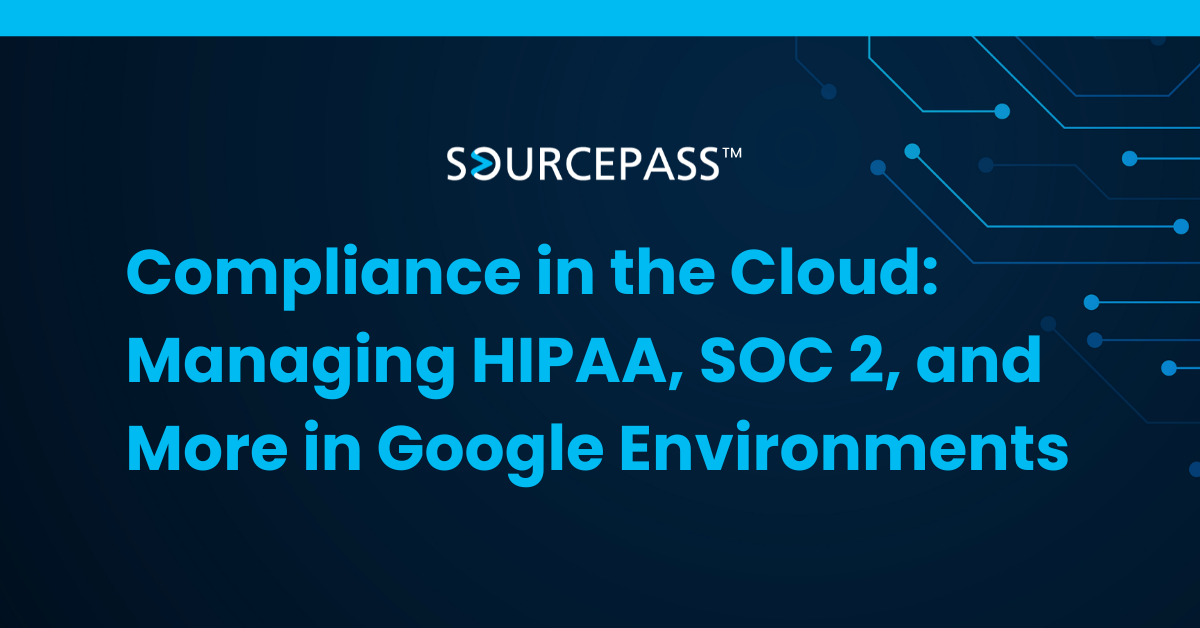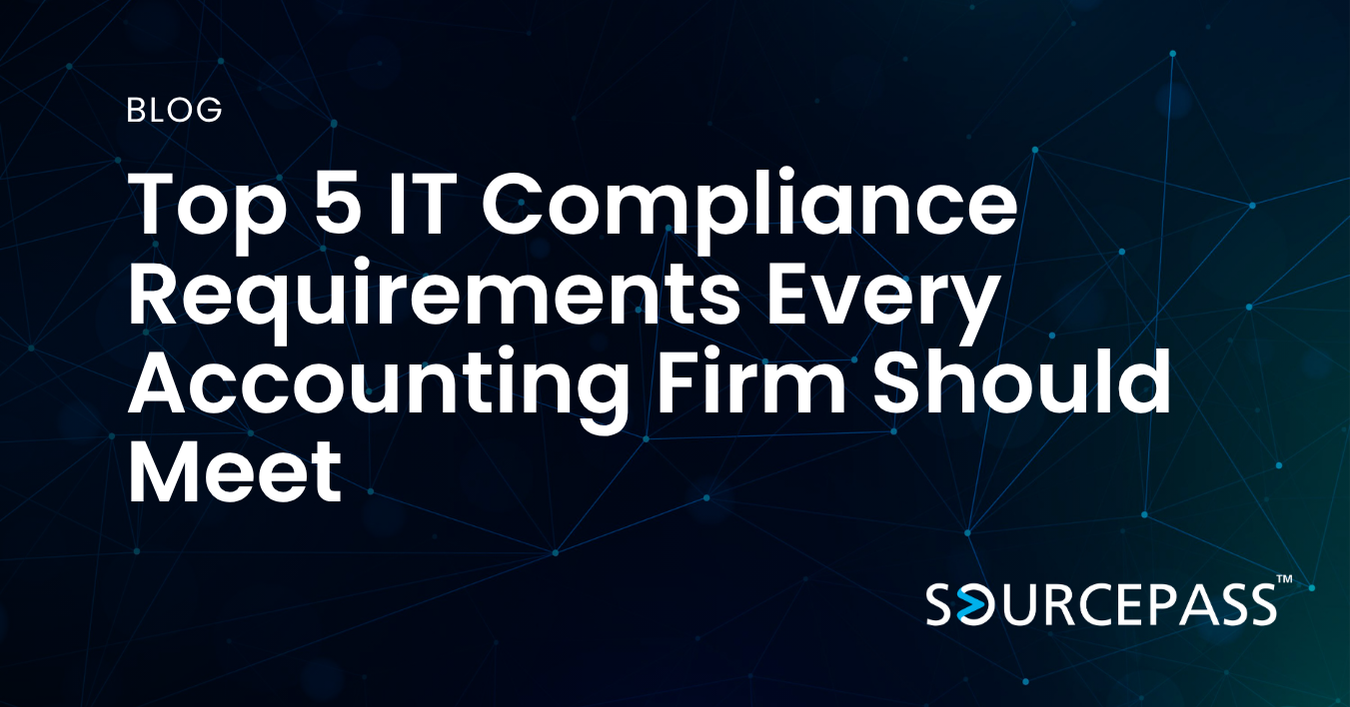Managing HIPAA, SOC 2, and More in Google Environments
Aug 29, 2025 Alex Davis Security & Compliance | Google 2 min read



The Compliance Challenge for Google Workspace
Organizations increasingly rely on Google Workspace and Google Cloud Platform (GCP) to store sensitive data and support day-to-day operations. While Google provides a secure and highly available cloud infrastructure, compliance responsibility ultimately remains with the organization. Businesses handling regulated data—such as healthcare, finance, or other sensitive industries—must ensure that their use of Google services aligns with standards like HIPAA, SOC 2, and ISO frameworks.
Relying solely on Google’s built-in security and controls can leave gaps in audit readiness, monitoring, and policy enforcement. Without additional advisory and oversight, organizations risk failing audits, facing fines, or exposing sensitive information.
Key Compliance Considerations in Google Environments
Shared Responsibility Model
Google’s cloud services operate under a shared responsibility model. While Google secures the underlying infrastructure, organizations are responsible for:
-
Configuring access controls and user permissions.
-
Monitoring data storage and movement.
-
Maintaining audit trails and retention policies.
Understanding this division of responsibility is essential for meeting cloud compliance requirements.
Data Protection and Access Management
Proper Google Workspace HIPAA compliance or SOC 2 readiness requires:
-
Enforcing strong authentication and password policies.
-
Limiting access based on roles and responsibilities.
-
Encrypting sensitive data in transit and at rest.
Monitoring and Logging
Continuous monitoring is critical to demonstrate compliance. Logs must capture user activity, system changes, and potential security incidents. Without this oversight, audits can be challenging and non-compliance risk increases.
Policies and Documentation
Regulators expect documented processes, including:
-
Data retention and deletion policies.
-
Incident response procedures.
-
Regular risk assessments and internal audits.
Google provides tools to support these activities, but organizations must actively implement and maintain them.
Best Practices for Compliance in Google Environments
-
Conduct a Risk Assessment
Identify sensitive data, compliance requirements, and potential exposure points within Google Workspace and GCP. -
Implement Access Controls and Policies
Enforce least-privilege access, multi-factor authentication, and role-based permissions to reduce risk. -
Leverage Audit Logging and Monitoring
Enable Google Workspace audit logs, alerting, and reporting to track activity and detect anomalies. -
Maintain Backup and Retention Strategies
Ensure critical data is backed up, recoverable, and retained according to regulatory obligations. -
Engage Advisory and Co-Managed Services
Consider working with trusted partners to review configurations, perform ongoing monitoring, and prepare for audits. Advisory services help ensure Google SOC 2 compliance or other regulatory standards are met consistently.
Why Compliance Requires a Consultative Approach
Compliance in cloud environments is not a one-time effort. It requires ongoing attention, monitoring, and adaptation to changes in regulations or business operations. Organizations using Google Workspace benefit from:
-
Continuous advisory on policies, procedures, and risk mitigation.
-
Expert oversight of system configurations and user access.
-
Assurance that audit requirements can be met without disrupting operations.
By taking a structured, consultative approach, businesses can maintain compliance, reduce risk, and focus on core objectives while leveraging Google Workspace and GCP.
Conclusion
Cloud compliance is a shared responsibility. Google provides a secure foundation, but organizations must implement controls, monitor activity, and maintain documentation to stay audit-ready. With proactive advisory, monitoring, and strategic oversight, businesses can confidently manage HIPAA, SOC 2, and other regulatory obligations in their Google environments.
Subscribe To
Sourcepass Insights
Sourcepass Insights
Stay in the loop and never miss out on the latest updates by subscribing to our newsletter today!
.png?width=500&height=100&name=White%20Logo%20-%20Transparent%20Tag%20(3).png)



